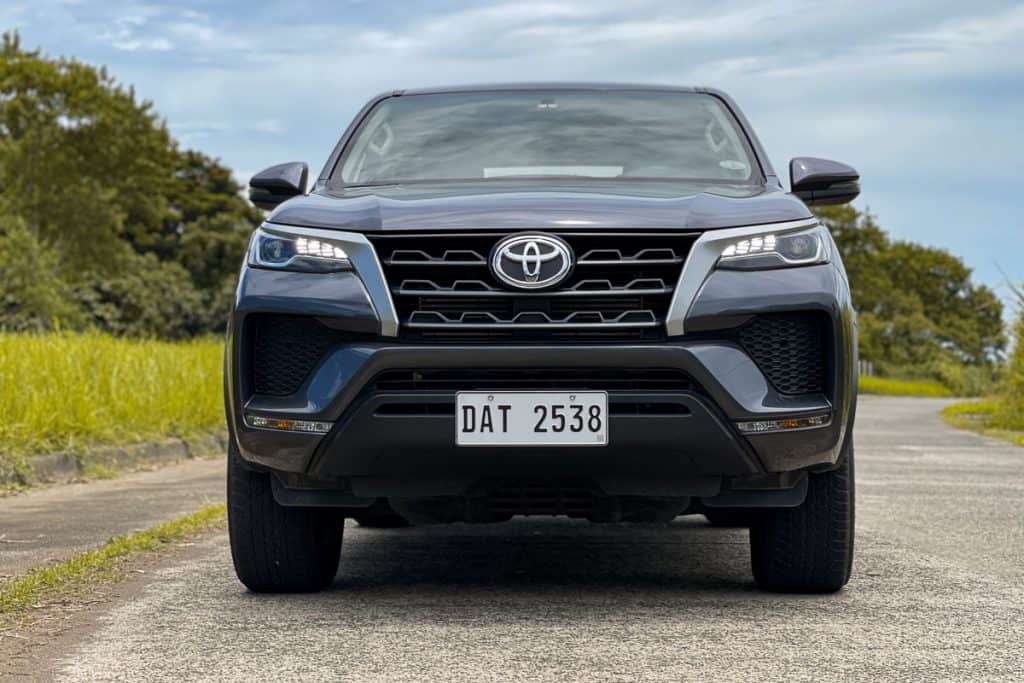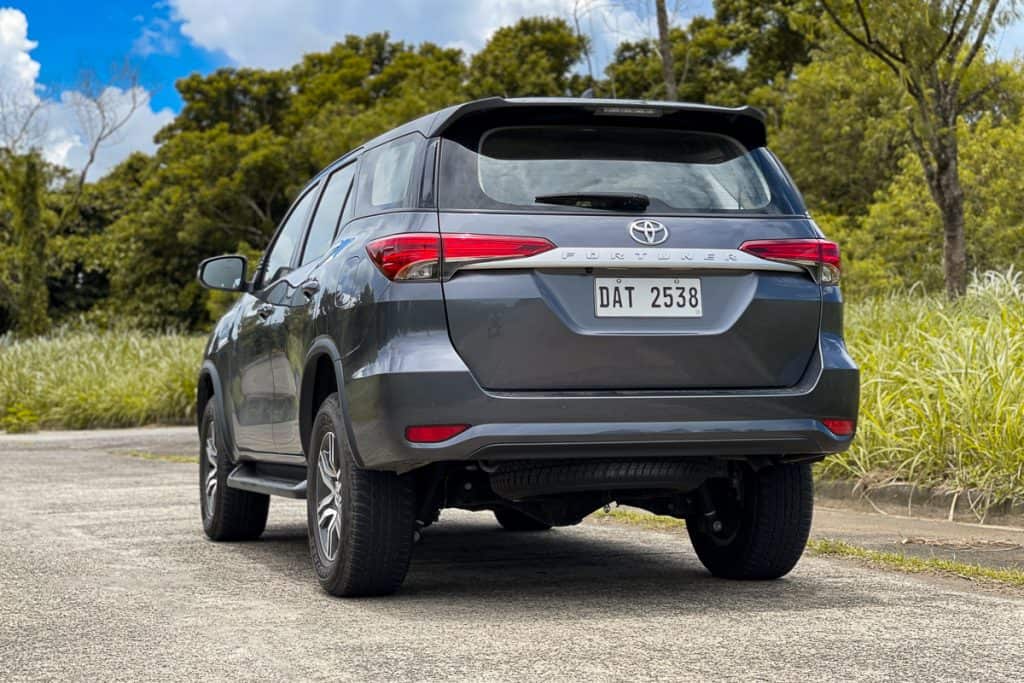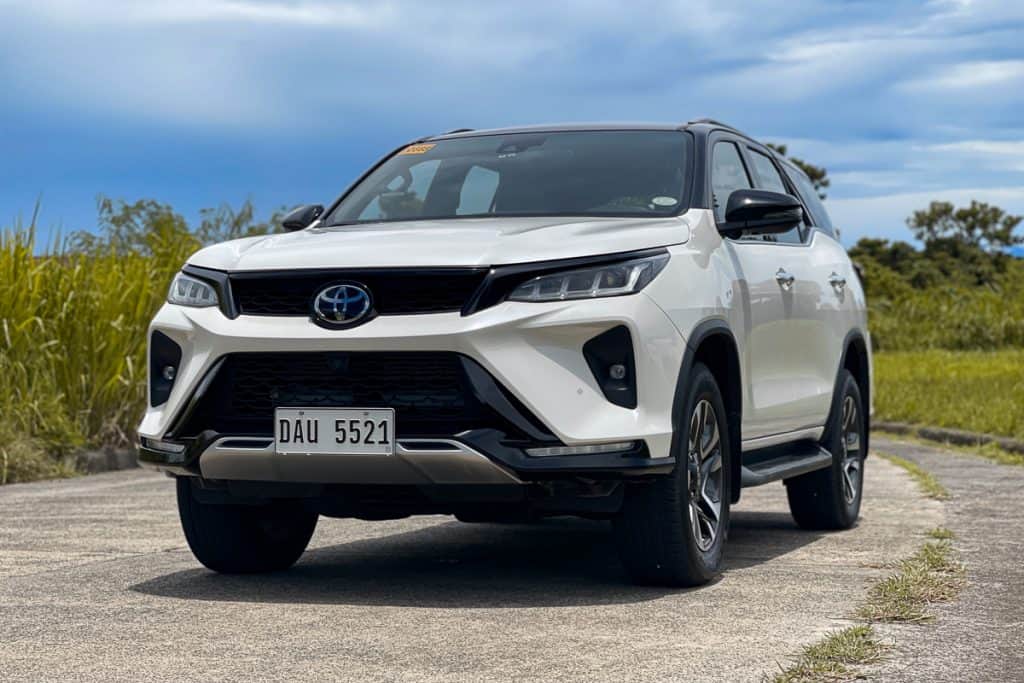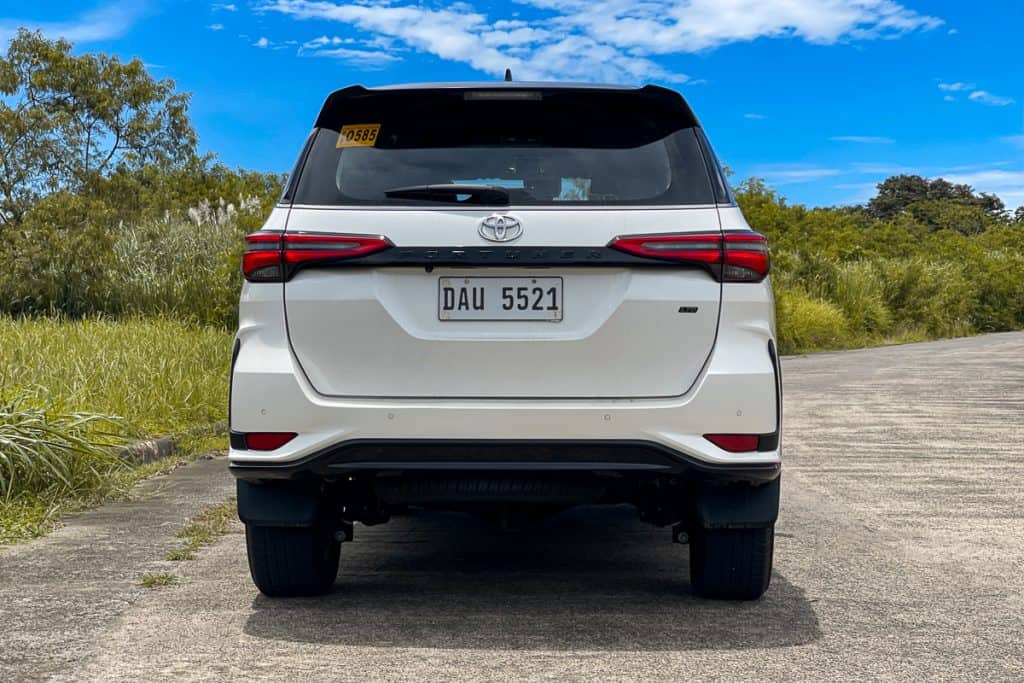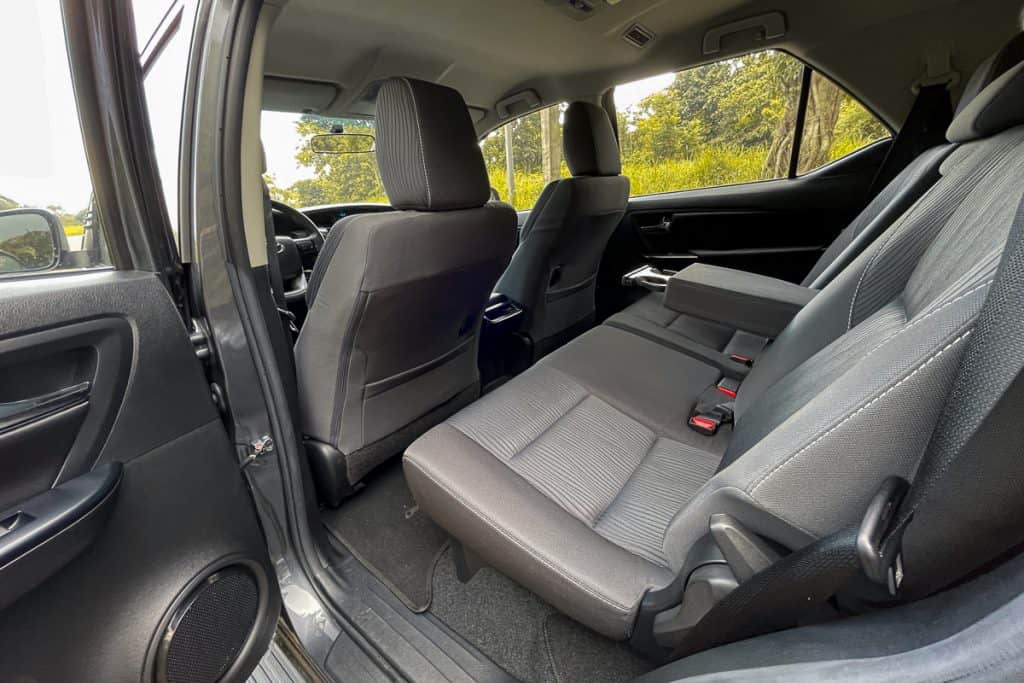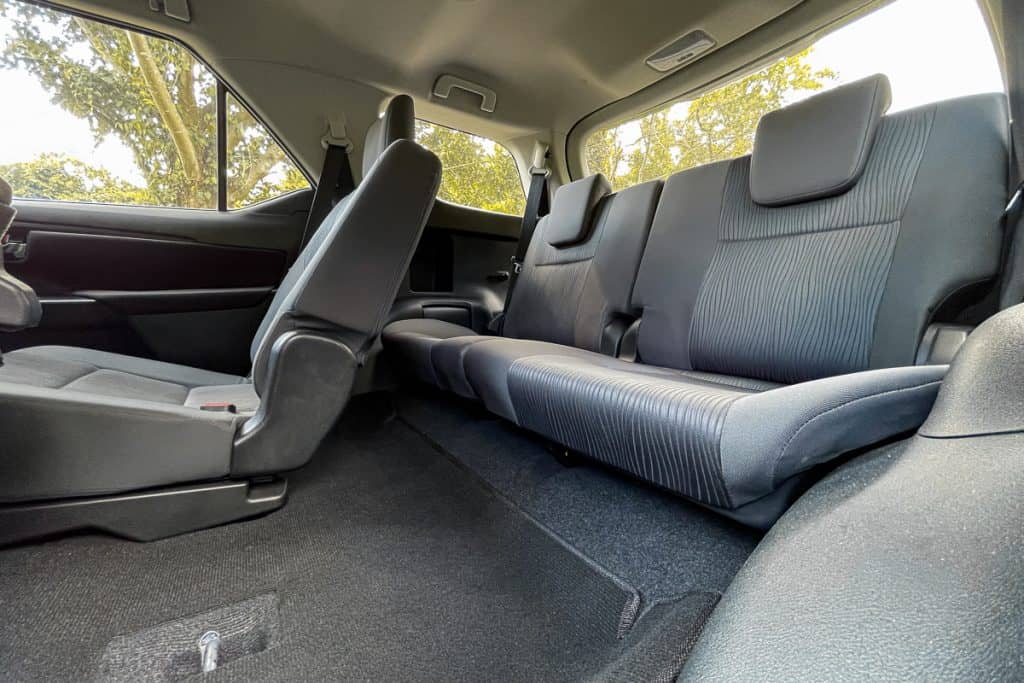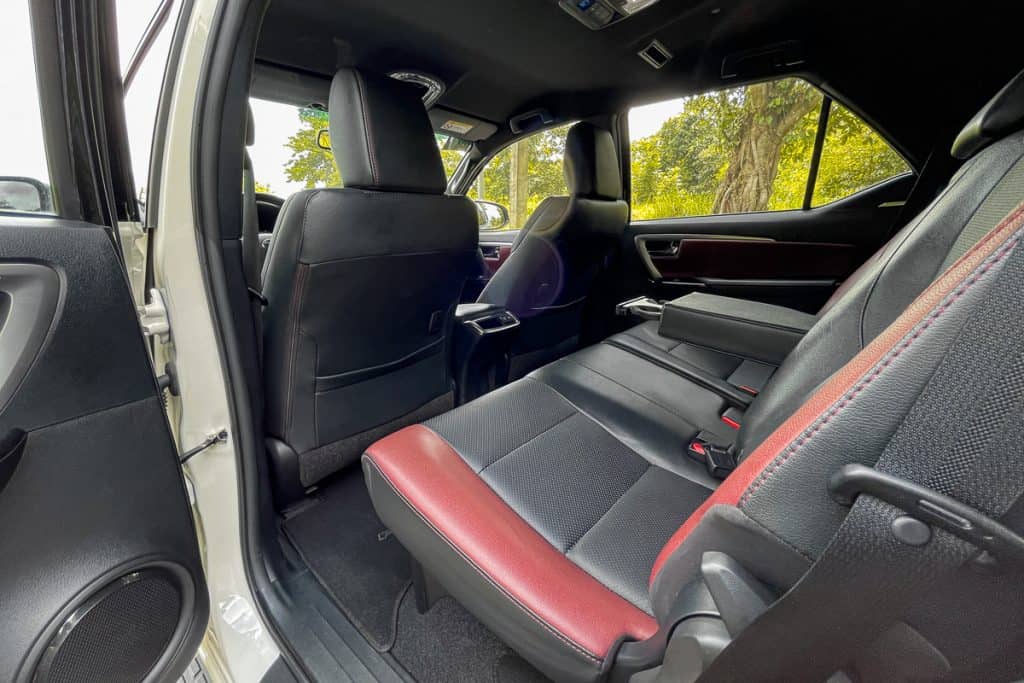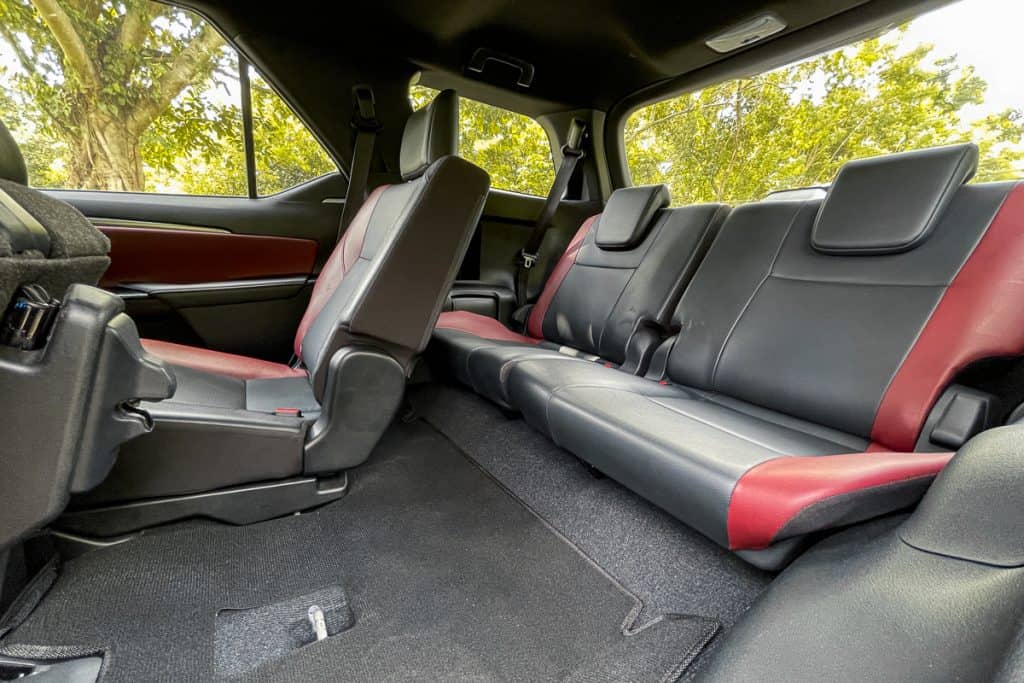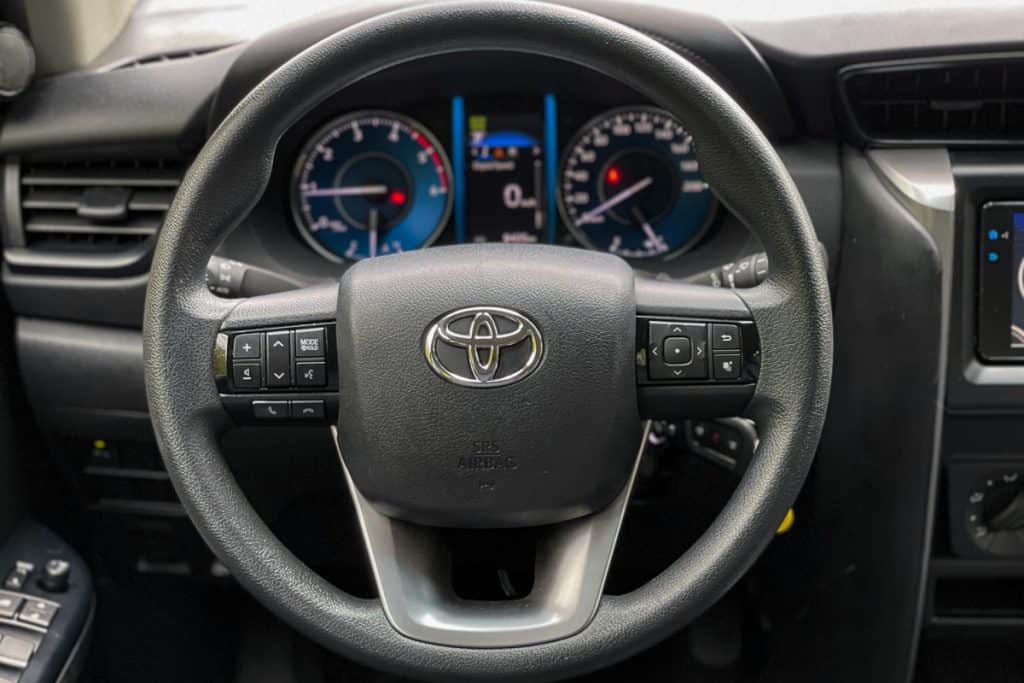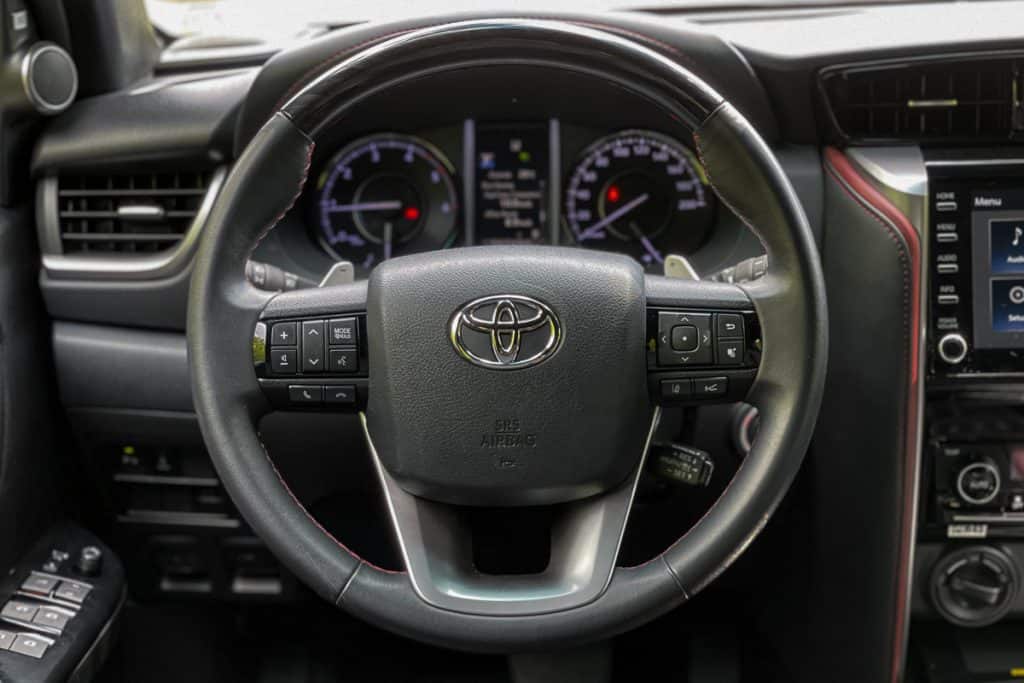Among the vehicles sold in the Philippine market, the Toyota Fortuner is among those that need no introduction. It has become the epitome of what an SUV is, at least in the local market. For some, owning one is even a clearcut display of success in life.
For the 2021 model year, Toyota gave the aging second-generation Fortuner a much-needed facelift and with it came a new LTD variant (known as the Legender in Thailand) that differs from the rest of the lineup. Now standing as the new top-spec variant, the LTD trim is loaded to the brim—a perfect response to what the Fortuner’s stiff competitors offer.
That said, how far ahead is the Fortuner LTD 4×4 AT over the base G 4×2 AT variant in terms of features, materials, and style? Considering the almost P700,000 difference between the two, is it a worthy upgrade? Here’s a comparison.
Exterior
Up front, the Fortuner G adopts an updated fascia, primarily seen on the subtly serrated grille and new graphics on the headlamp cluster. Also new is the placement of the turn signals, which are now located on the lower bumper. The changes at the rear end are marginal, mostly found on the slightly restyled LED taillights.
In comparison, the Fortuner LTD has a totally different face with the split grille, sporty blacked-out accents, and headlamp clusters somehow mimicking a small Chinese crossover. The two-tone theme also adds to the sporty appeal though what makes the LTD stand out are the all-LED turn signals – both sequential at the front and back, which really look premium.
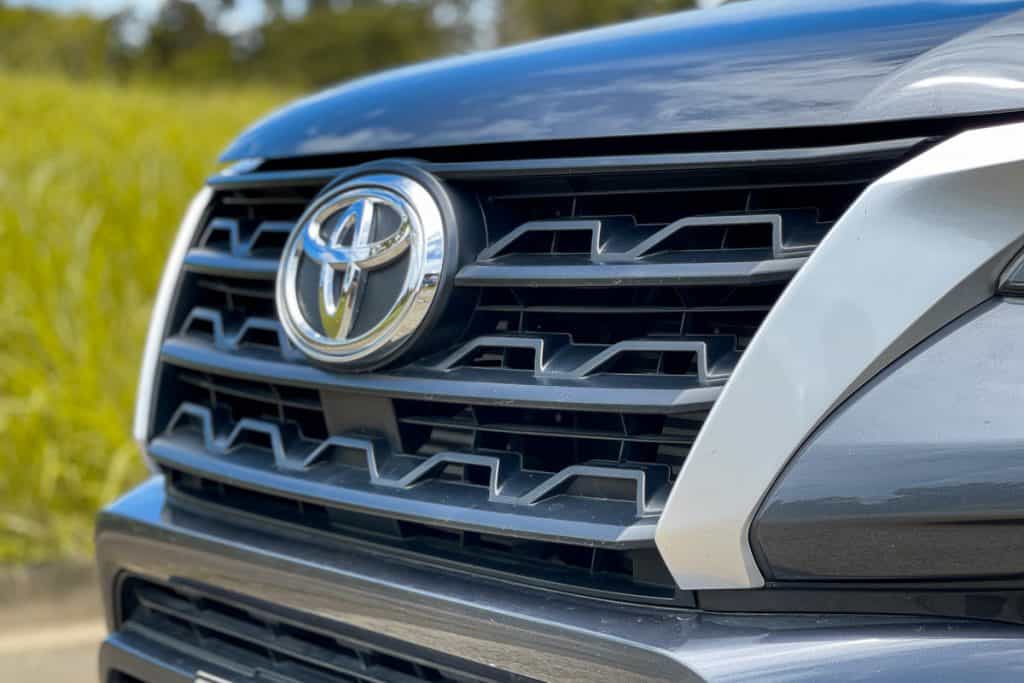
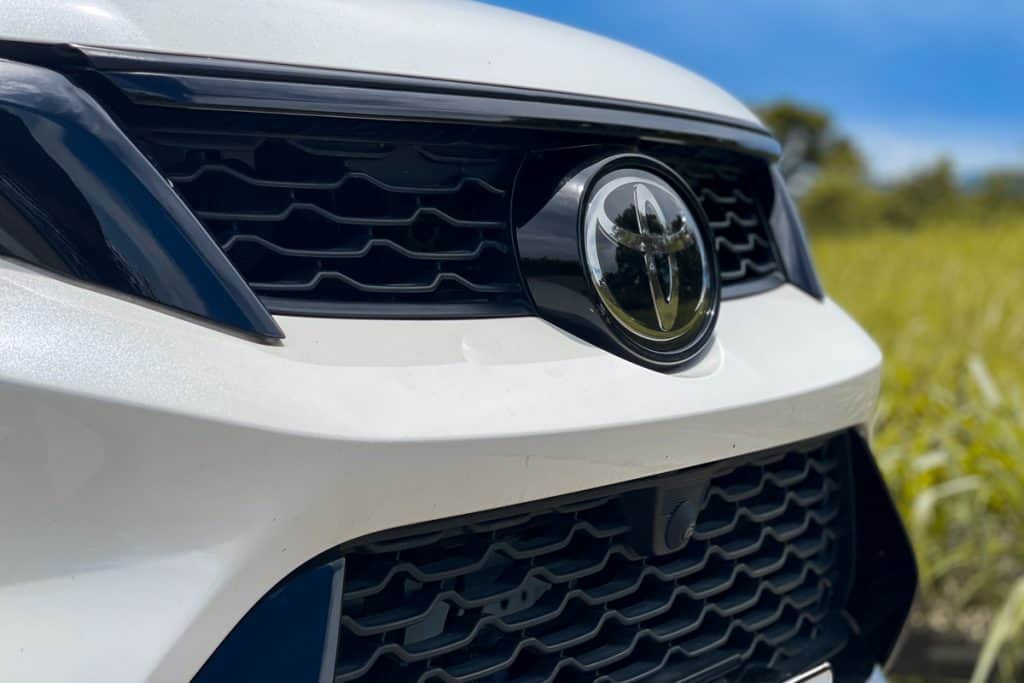
The Fortuner LTD also has a bigger set of wheels at 18 inches, with a turbine-looking design. The blacked-out trims are also found at the back, giving the SUV a sporty edge over the other variants in the Fortuner range.
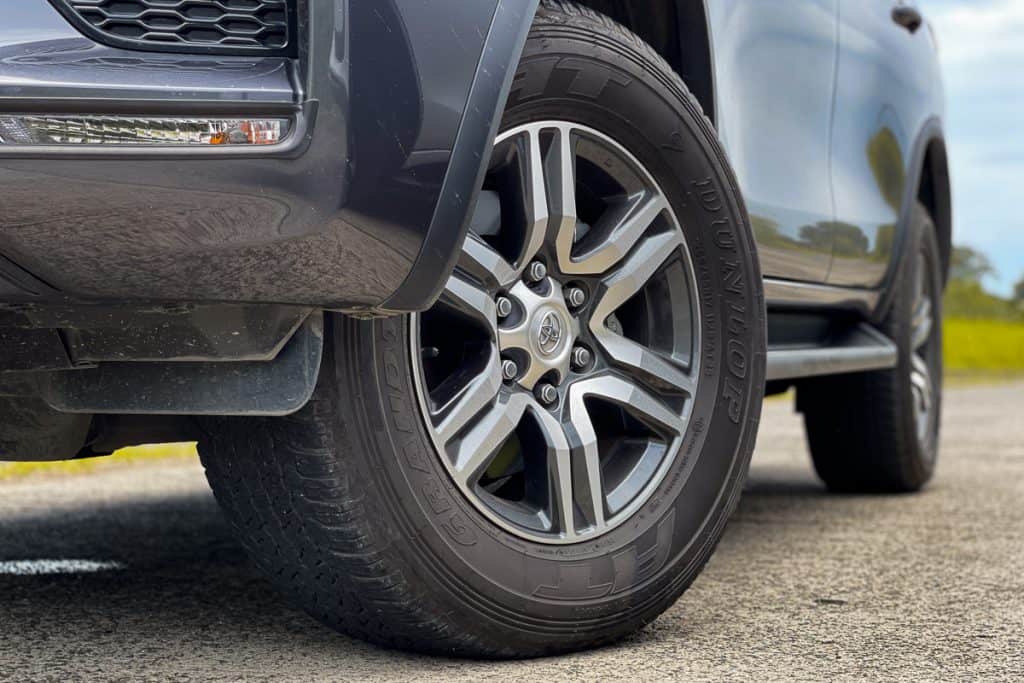
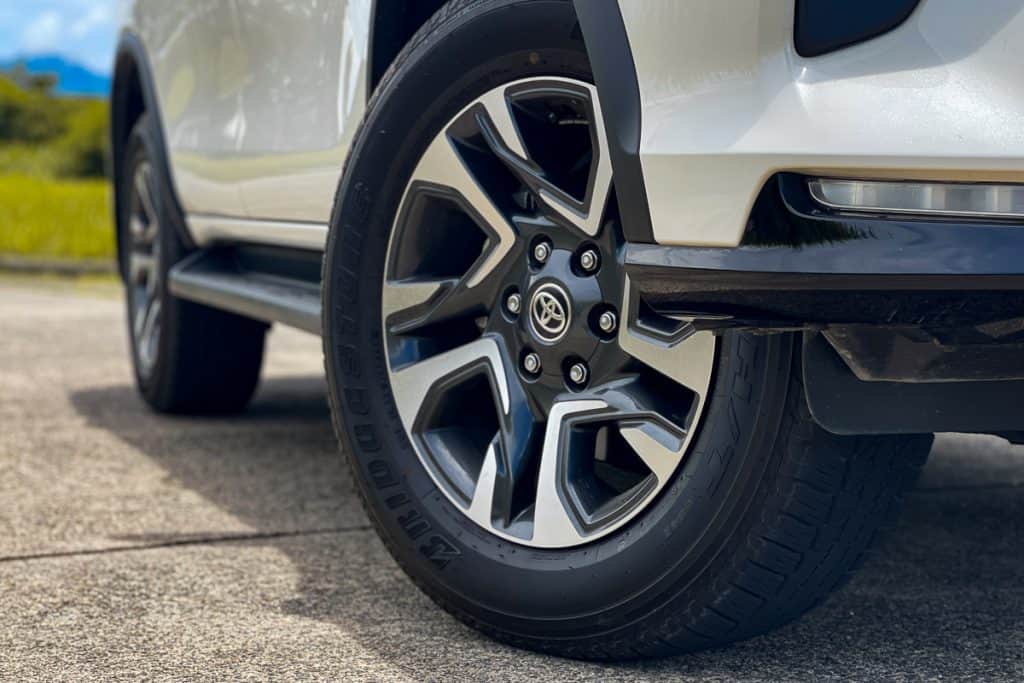
Overall, the differences between the Fortuner G and LTD in terms of the exterior design are night and day, making it a perfect choice for those who want a Fortuner that stands out in the sea of Fortuners.
Interior
While the exterior differences between the G and the LTD are miles apart, the interiors follow what you see on the outside. The Fortuner G is kind of basic in terms of amenities – fabric seats, lots of hard plastics, and a urethane tiller – and it pretty much carries on from the outgoing model. There are a lot of blank buttons, as well.
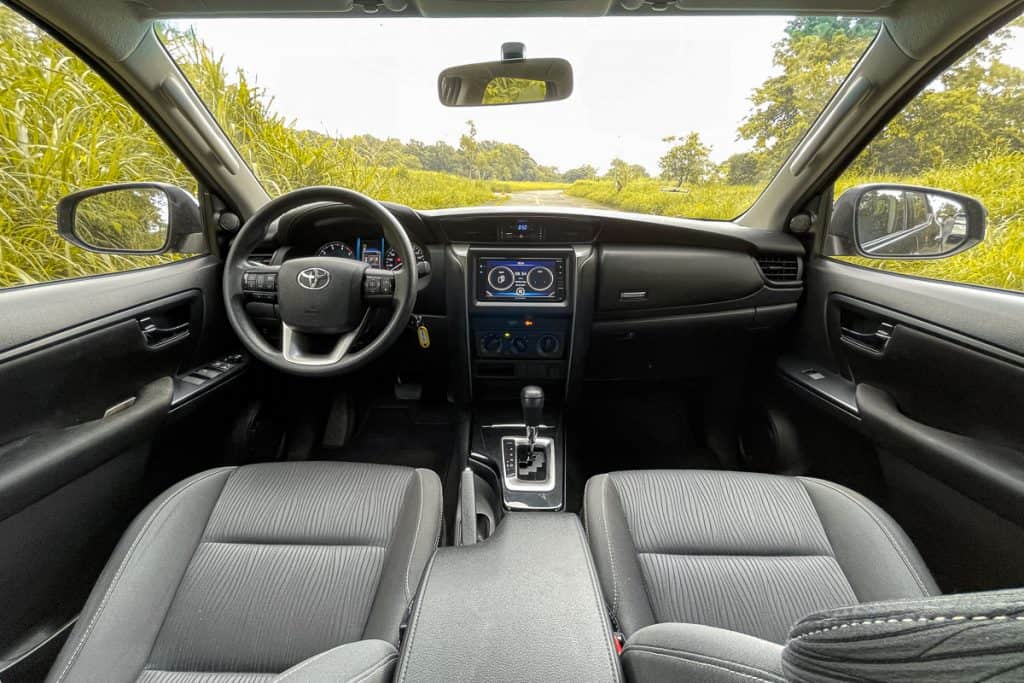
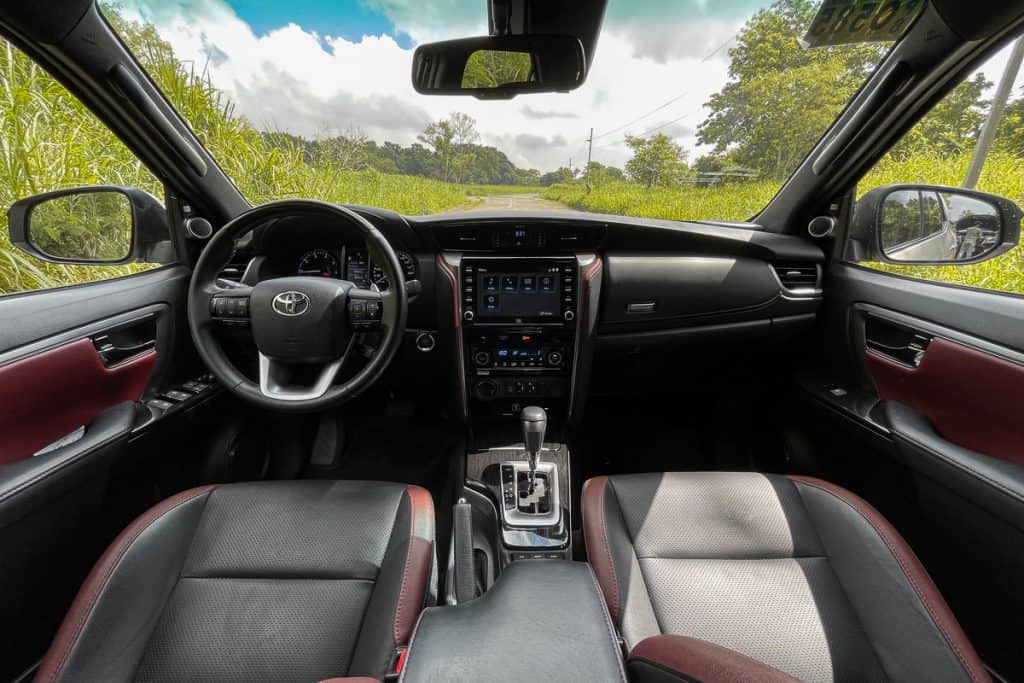
In the Fortuner LTD, everything’s pretty much elevated in terms of materials, especially with its black headliner and all-leather affair. Whether the ubiquitous application of non-dark leather is a plus, that’s entirely up to your taste. The steering wheel, on the other hand, does get a wood-like material – a stalwart of premium appointments – which you can also see on the center console. And oh, the black headliner is a nice touch.
On the second row, both variants are pretty much the same sans the mentioned differences in materials. Although, the LTD gets a digital display for the A/C blower controls and a pair of USB charging ports behind the center console compartment.
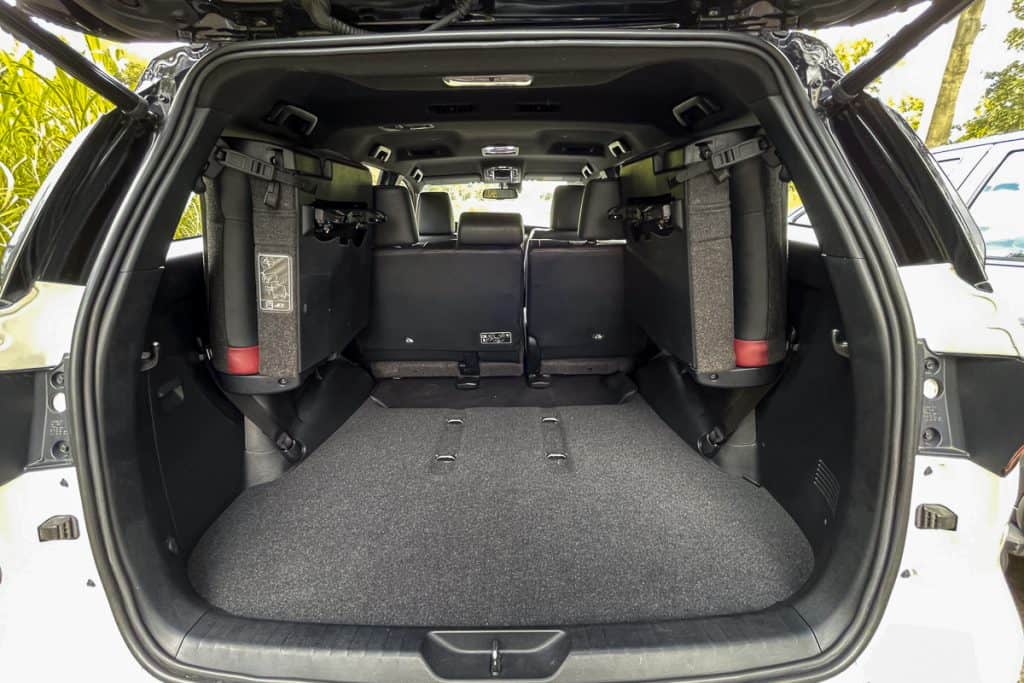
The third row is a carryover from before; adequate for two average-sized people but not comfortable for long drives. They still fold to the sides to maximize cargo capacity.
Tech & Safety
As expected the Fortuner G is kind of basic in terms of tech (hello, rotary engine start), though you’ll appreciate the digital display in between the analog clusters. Everything else is kind of what you’ll expect in an Innova but, of course, packaged in a more macho SUV form. As a consolation, the 7-inch infotainment already comes with Apple CarPlay and Android Auto connectivity, but I can’t help but notice the dated resolution of the display.
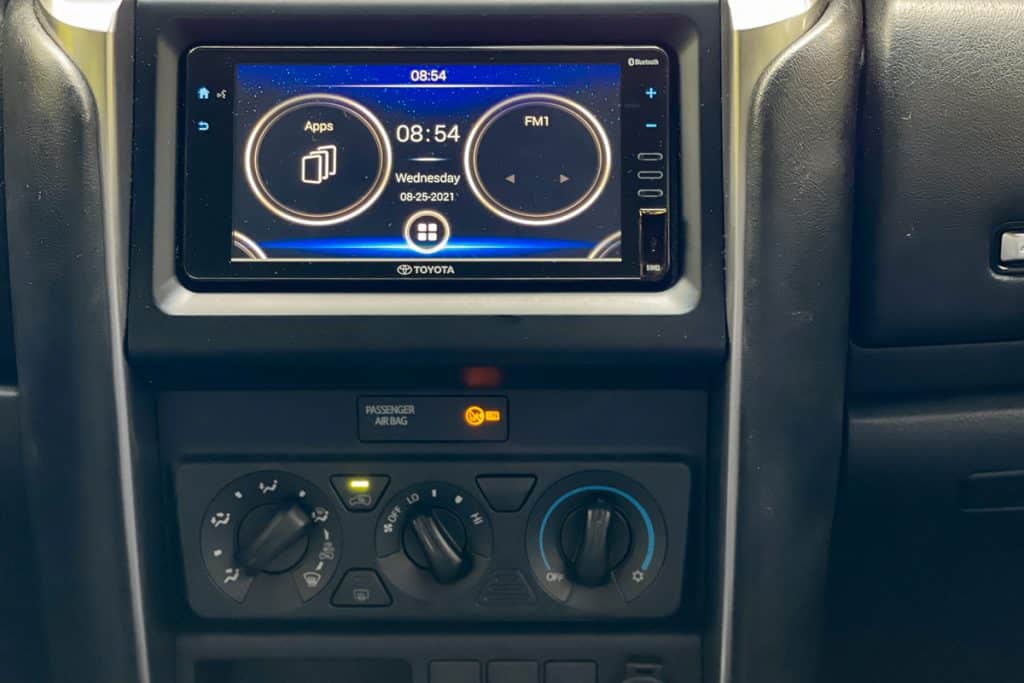
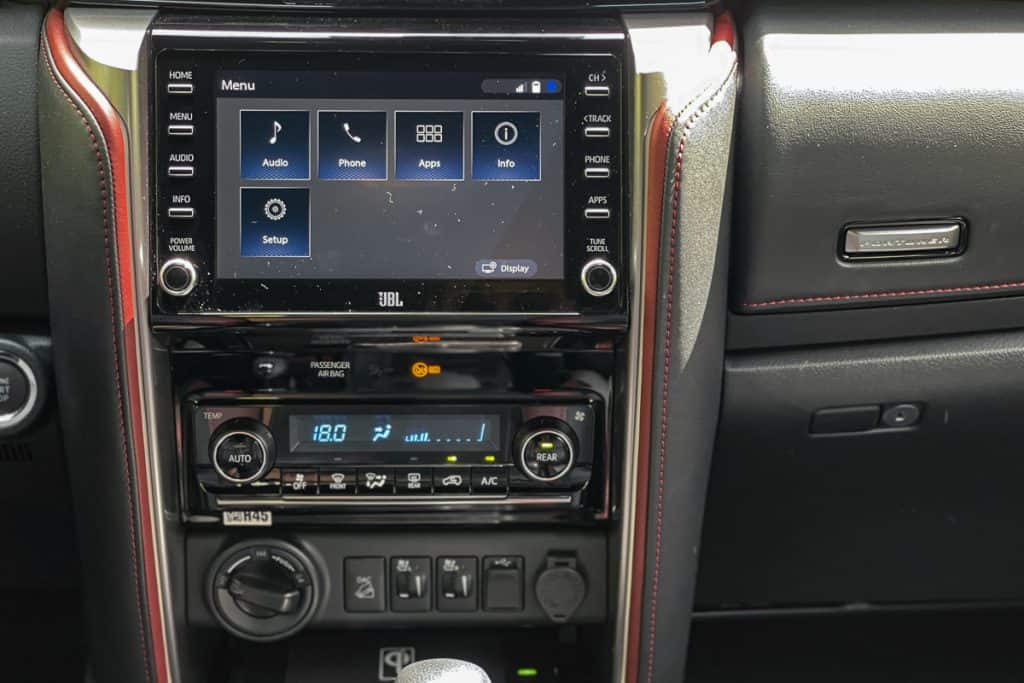
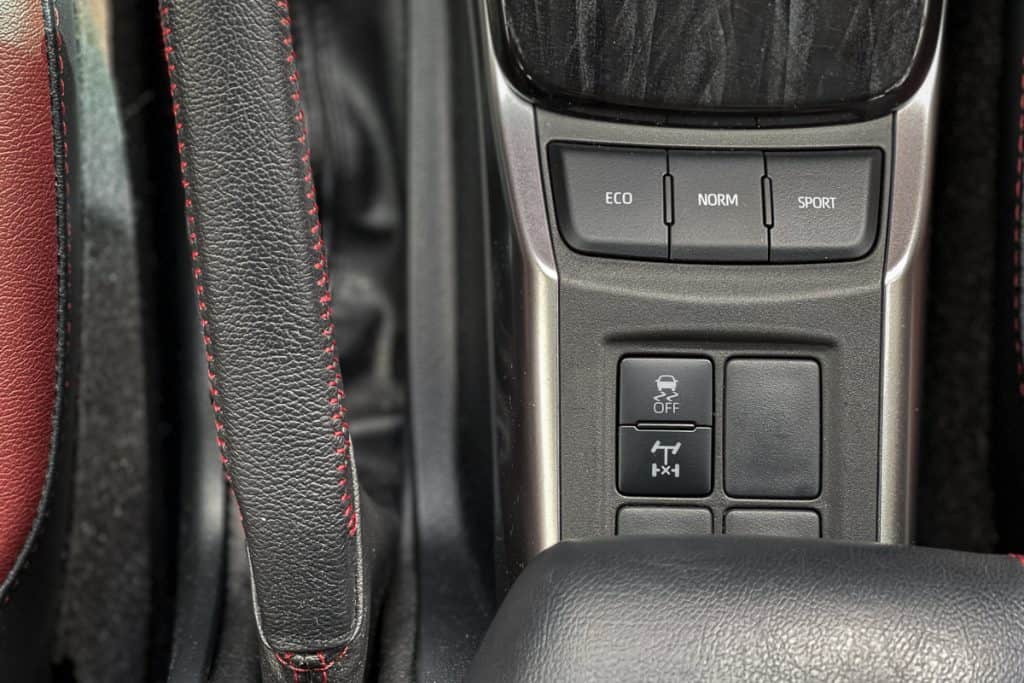
The Fortuner LTD takes the standard equipment list up a notch. All controls are electronic, including the adjustments of both driver and passenger seats. The bigger 8-inch infotainment looks crisp and clear, though Toyota missed the opportunity to put wireless Apple CarPlay to pair up with the standard Qi wireless charger. Nevertheless, the seat ventilation is a nice addition especially in this warm Philippine climate, but I really wish that Toyota has equipped the LTD with rain-sensing wipers to complete the tech package.
Then again, the biggest advantage of going for the Fortuner LTD is the inclusion of Toyota Safety Sense which brings adaptive cruise control, lane departure warning, and pre-collision system into the family SUV. Of note, this puts the Fortuner in a tight matchup against midsize SUVs in the market with a similar tech/safety feature.
Speaking of safety features, the Fortuner G covers the basics like front dual airbags (with driver’s knee bag), ABS with brake assist and EBD, traction control, hill start assist, three-point seat belts for all seven passengers, and front/rear proximity sensors.
The Fortuner LTD, however, naturally gets more such as side and curtain airbags, hill descent control, and a usable 360-degree view camera – all on top of the aforementioned Toyota Safety Sense package.
Driving & Handling
Being a 4×4 variant, the LTD comes with the bigger (and reworked) turbo 2.8-liter 1GD-FTV diesel that puts out 202hp and 500Nm of torque. The Fortuner G, on the other hand, makes do with a turbocharged 2.4-liter 2GD-FTV diesel mill that makes 148hp and 400Nm torque.
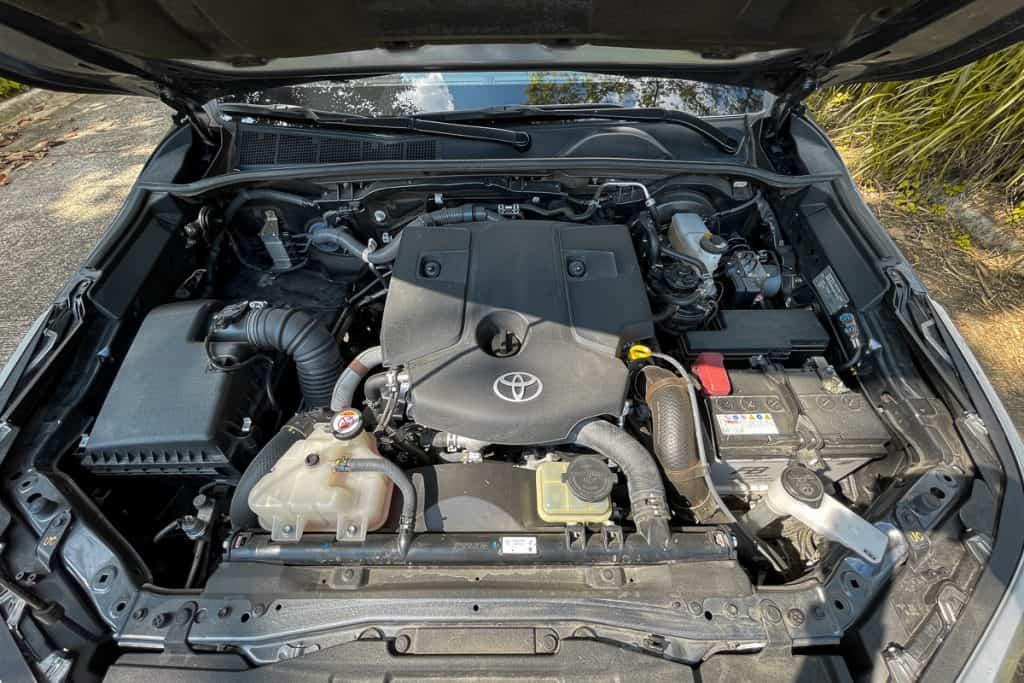
Considering the weight increase brought by the bigger engine and 4×4 drivetrain, the difference in driving manners between the LTD and the G was marginal. Both benefit from low-end torque, though the additional torque in the LTD was apparent during my test. Handling was also similar; to that end, I wish Toyota could have lightened the steering feel a bit since it was a workout, a long-time bane on the popular SUV.
Likewise, the ride comfort was as expected – dips and dives were very apparent, while there were many moments of wallowing during uncivilized driving. That said, Fortuner drivers, whether LTD or G, need to try more in keeping the journey comfortable for all of its passengers.
Fuel Economy
Despite being heavier, the Fortuner LTD 4×4’s penalty on fuel efficiency was negligible. I was able to get 8-10 km/L in the city while highway sprints at an average speed of 90 km/h returned 17 km/L.
In comparison, the base Fortuner G 4×2 yielded 9-12 km/L in the city, while a highway drive at 90 km/h read back 21 km/L.
Verdict
The Fortuner G 4×2 AT sells for P1,723,000, while the top-spec Fortuner LTD 4×4 AT has a sticker price of P2,414,000. The differences between the Fortuner G and LTD are quite obvious and after reading this comparison review, you’ll likely know what comes with the nearly P700,000 price gap.
At the end of the day, the decision goes to the customer’s buying power. But if you have the means, going for the top-dog variant isn’t a tough decision. It’s safer, better equipped, and has a more premium feel that’s worth that price gap. Or you could just shop in between the extremes and choose the right Fortuner for you.


